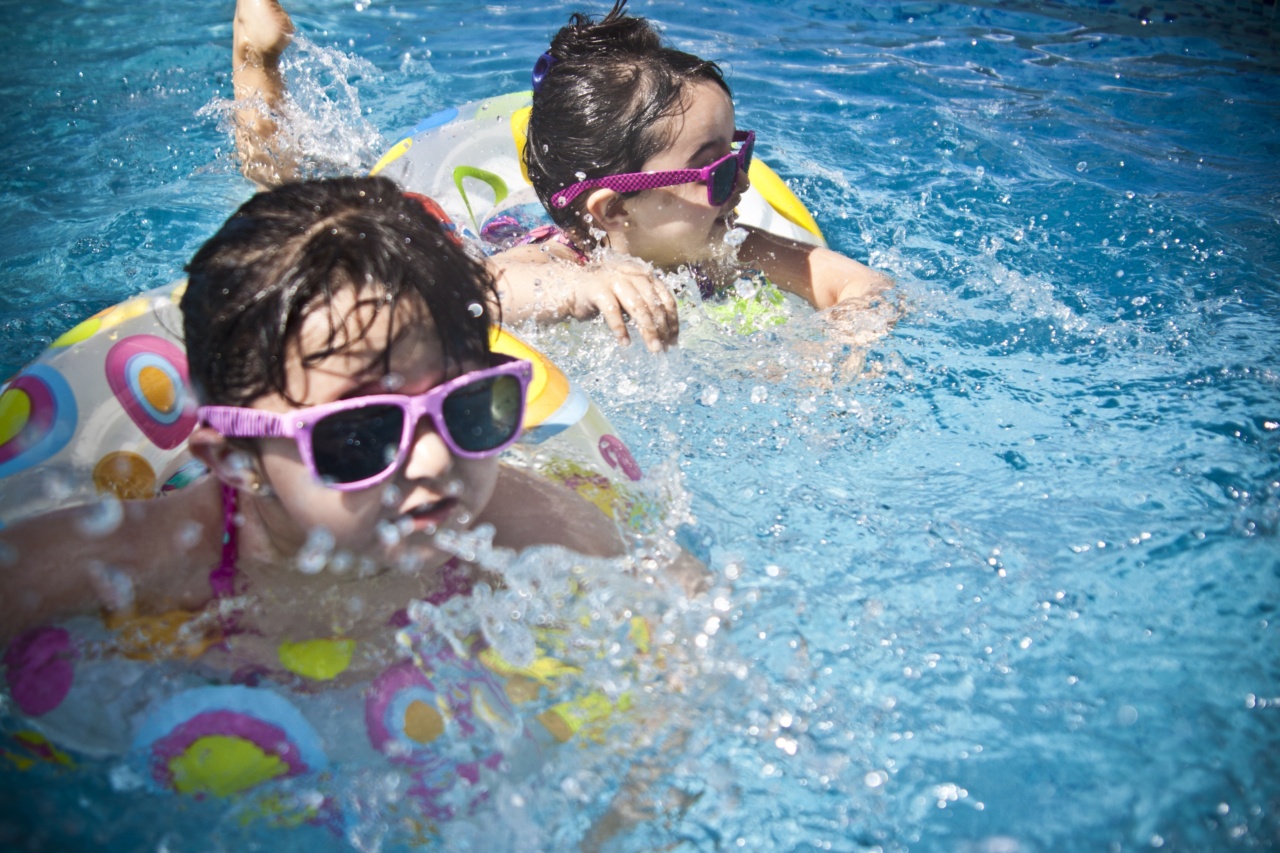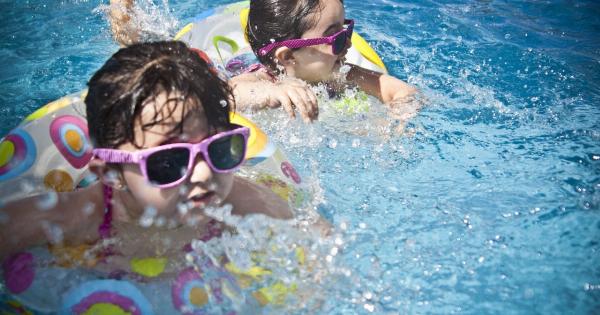Childhood cancer is a devastating disease that affects millions of children worldwide. Despite the many advances in medical research and treatment, it continues to be a leading cause of death in children.
However, two factors are critical for the healing of childhood cancer: early detection and effective treatment.
Early Detection
The earlier childhood cancer is detected, the more successful the treatment is likely to be. This is because cancer cells can quickly spread to other parts of the body, making it more difficult to treat.
Early detection means that the cancer is caught before it has had a chance to spread, making it easier to remove or destroy.
One of the most important ways to detect childhood cancer early is through regular medical check-ups. Parents should take their children to the doctor for regular check-ups, even if they appear to be healthy.
The doctor can perform tests and screenings to detect cancer before the child exhibits any symptoms.
In addition, parents should be aware of any unusual symptoms that their child may be experiencing. Some of the most common symptoms of childhood cancer include unexplained weight loss, fatigue, fever, night sweats, and easy bruising or bleeding.
If a child exhibits any of these symptoms, they should be taken to the doctor right away for further evaluation.
Effective Treatment
Once childhood cancer has been detected, effective treatment is critical for a successful outcome.
The type of treatment that a child receives will depend on the type and stage of cancer, as well as other factors such as the child’s age and overall health.
One of the most common types of treatment for childhood cancer is chemotherapy. This involves the use of drugs to kill cancer cells in the body.
While chemotherapy can be effective in destroying cancer cells, it does have some side effects, such as nausea, vomiting, and hair loss.
Another common treatment for childhood cancer is radiation therapy. This involves the use of high-energy radiation to kill cancer cells. Like chemotherapy, radiation can have side effects, including fatigue, skin irritation, and hair loss.
In addition to these treatments, children with cancer may also need surgery to remove tumors or other cancerous tissue. Surgery can be a highly effective treatment option, but it can also be risky.
Children may require additional treatment after surgery, such as chemotherapy or radiation therapy.
Conclusion
In conclusion, the healing of childhood cancer depends on two critical factors: early detection and effective treatment. Parents should take their children for regular check-ups and be aware of any unusual symptoms that may be indicative of cancer.
If cancer is detected, effective treatment is critical for a successful outcome. The type of treatment that a child receives will depend on the type and stage of cancer, as well as other factors such as the child’s age and overall health.
By working together, doctors and parents can help to ensure that children with cancer receive the best possible care.





























